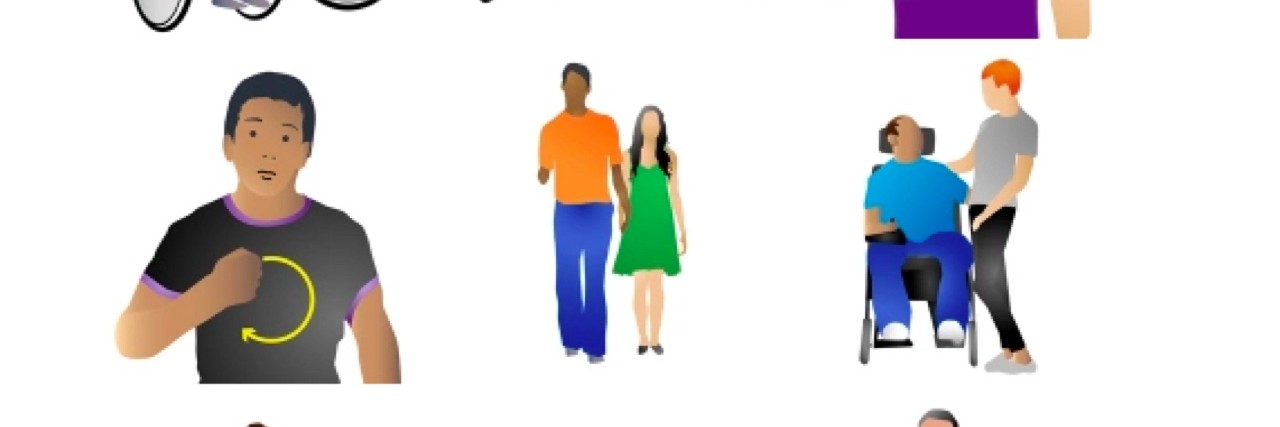Emojis are a great way to visually describe what you are doing or how you are feeling, but if you are a person with a disability, your experience likely isn’t captured within the 1,851 emojis currently available.
Around the world, 1 billion people, approximately 15 percent of the population, live with a disability. While emojis have become more diverse and inclusive over time – featuring same sex couples, and different skin tones – only one emoji, a wheelchair user sign, represents disability.
To put this in perspective, there are five different emojis that represent umbrellas – umbrella, closed umbrella, beach with umbrella, umbrella with raindrops and umbrella on ground. For all of the different types of disabilities that exist – blindness, limb loss, chronic illness, etc. – there is only one emoji to represent them all.
To make emojis more inclusive, Scope, a U.K.-based nonprofit which promotes inclusion for people with disabilities, released 18 emojis featuring disabled people and highlighting the Paralympics.
“Emojis are so popular – everyone uses them, so everyone should be represented. It’s shocking that there’s only one character to symbolize disability,” Jordanne Whiley, a wheelchair tennis player and Wimbledon champion told Scope. “When I was growing up, I didn’t see people like me on TV, in magazines or in films… It would be great for disabled people to be reflected in the wide range of emojis.”
Of the 18 emojis Scope released for World Emoji Day on Sunday, 10 are Paralympics-related. The other eight feature a variety of different experiences including people using sign language, a guide dog and a dancing woman with a prosthetic leg.

Those who want to use Scope’s new emojis can go to Scope’s website and save the image files. Unfortunately, the emoji’s are not available as part of the standard emoji keyboard.
According to Scope, of the 4,000 Twitter users they polled, 65 percent of users said one emoji wasn’t enough to represent the full spectrum of disability.
“As a wheelchair user, I’m shocked by the lack of imagination. This one symbol can’t represent me and the disabled people I know,” said Rosemary Frazer, Scope’s campaign manager. “To truly represent the world we live in, disabled people should be included in a way that reflects the diversity of our lives.”

